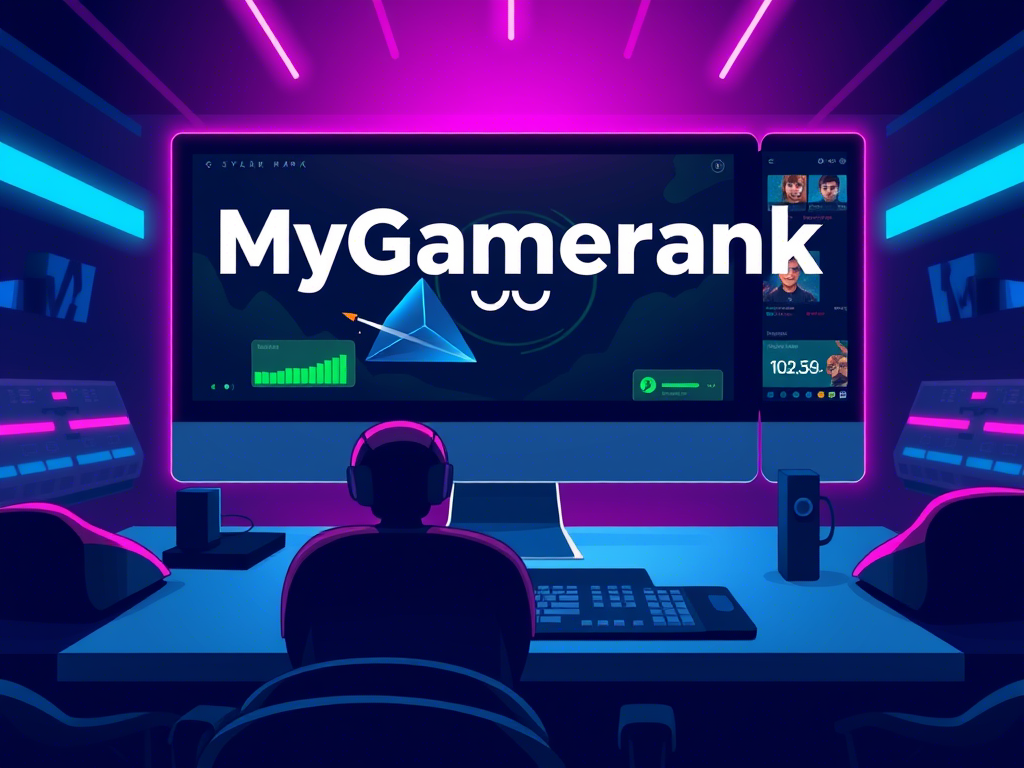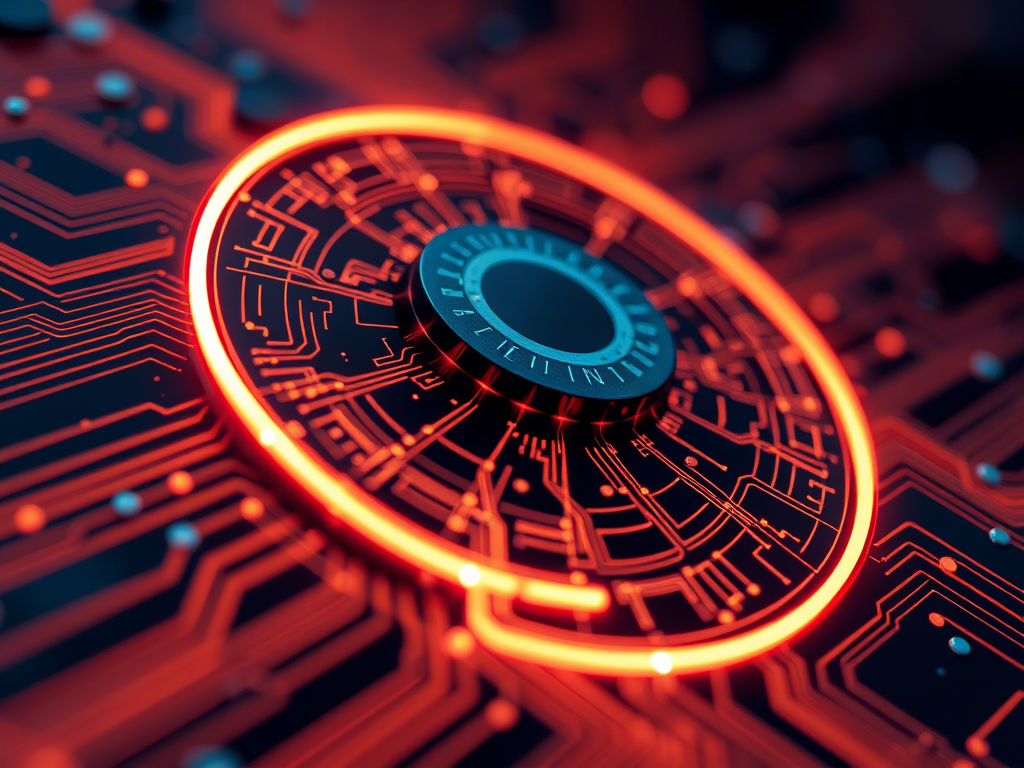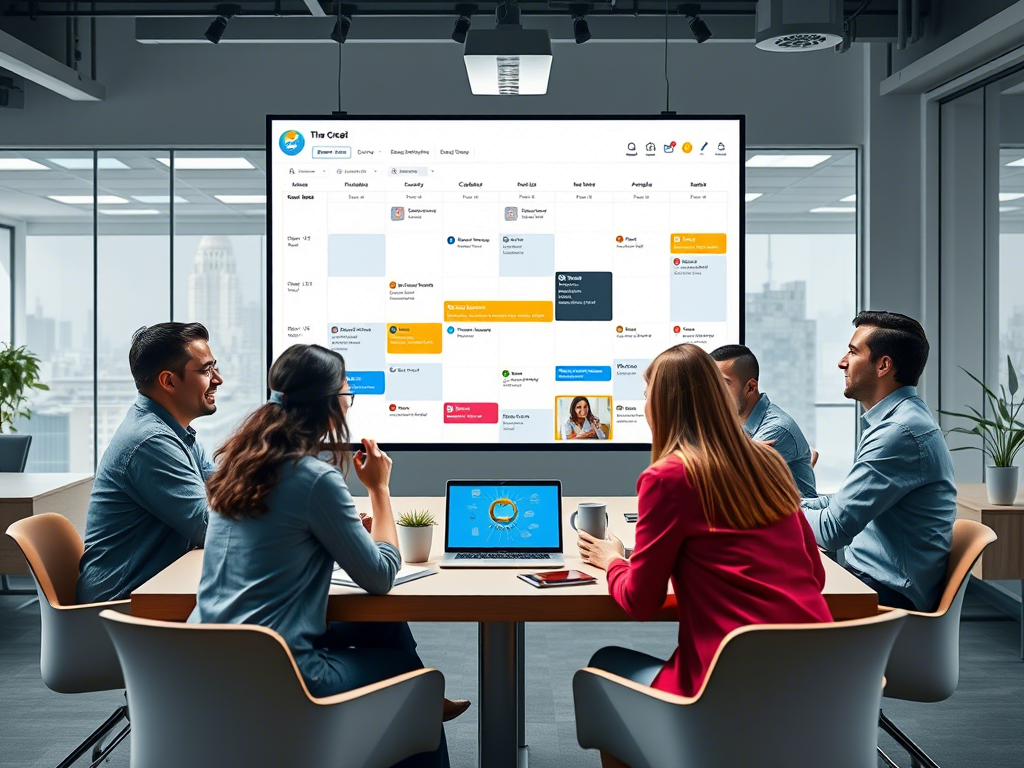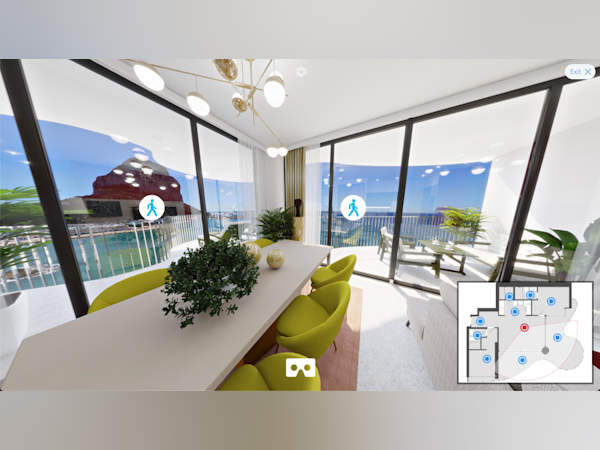
Before you dive into the world of marketing, it’s important to get to know your audience and how they make decisions. It may seem like a no-brainer that people will choose the product that gives them the best value, but there are other factors that can influence purchasing decisions.
In the crowded supermarket aisle, it can be difficult to make your product stand out from the rest of the crowd. In order to capture shoppers’ attention, you’ll need to carefully consider what colors you use on your packaging and in your branding, including the color of your business logo, website design and marketing materials. Research indicates that certain colors evoke specific emotions from consumers, which can influence their purchasing decisions. Let’s take a look at some specific examples and explore how different retail packaging colors impact consumer behavior in real-world situations.
The Psychology Behind Choosing A Product
Have you ever wondered why companies choose the colors they do for their product packaging? Turns out, there’s a lot of psychology behind it. Studies have shown that different colors can evoke different emotions in people, which can then impact their purchasing decisions. For example, research shows that blue is associated with dependability and calmness while yellow evokes happiness and confidence. So what does this mean for your company’s marketing efforts? Let’s find out:
How Colors Can Evoke Certain Emotions
Lots of people will gather as much information as they can before they buy something, but they purchase based on their emotions in the end. A bunch of studies have demonstrated how color can affect emotions – both positively and negatively. For this reason, people subconsciously form judgments about products simply by seeing the packaging, even if they know nothing about the product. That influences purchasing decisions.
Tell people to picture burgundy. They’re likely to picture an expensive, refined cloth. Tell them to imagine black. They’re more likely to imagine an expensive, sophisticated fabric. If they see green, they think environmentally conscious. If they see blue, they’re inclined to trust. So using color to evoke a positive mood, consumers are more apt to make purchasing decisions.
White
Most people would say that white means purity, cleanliness, and simplicity. And they would be right. But there’s more to it than that. White is also the color of perfection and new beginnings. So when it comes to product packaging, using white can give your product an air of sophistication and refinement. Plus, it can help your product stand out on store shelves. But beware: too much white can make your product look sterile or unapproachable. The key is to find the right balance for your brand.
Black
In color psychology, black is often associated with power, mystery, and sophistication. When it comes to packaging, black can give your product an air of sophistication and luxury. But be careful – too much black can make your product look unapproachable or even ominous. The right balance of black can give your product an aura of exclusivity and sophistication.
Red
Red is the color of excitement and energy, so it’s no surprise that it’s often used in product packaging to grab attention and stand out on store shelves. But did you know that red can also subconsciously impact our emotions and behavior? Studies have shown that red can increase our heart rate, breathing rate, and blood pressure, as well as make us feel more aroused and active. So if you’re looking to add a little extra oomph to your product packaging, consider using the color red!
Purple
The color purple is often associated with royalty, luxury, and wealth. And it turns out, these associations can have an impact on consumer behavior. A study by the University of Georgia found that shoppers were willing to pay up to 10% more for products when they were packaged in purple. Another study revealed that people rated food as tasting better when the packaging was purple than when it was other colors.
Yellow
There’s something about the color yellow that just makes people happy. It’s been proven to be the most visible color from a distance, so it’s often used for things like traffic signs and construction workers’ vests. In food packaging, yellow is considered a cheerful color because of its association with happiness and energy. Yellow is also the easiest on the eyes which may lead to consumers feeling more relaxed when they’re eating their favorite foods. Foods such as lemon juice, eggs, bananas and corn are all common examples of products packaged in this hue.
Green
Most people associate the color green with nature, health, and relaxation. Studies have shown that green can actually have a calming effect on people, which is why it’s often used in hospitals and doctor’s offices. When it comes to food packaging, green can convey healthy and organic qualities. It can also indicate that a product is eco-friendly or sustainable.
Orange
In the world of food packaging, orange is often used to convey a message of health and vitality. And it’s no wonder – studies have shown that orange is one of the most visible colors, making it great for catching the eye on store shelves. But orange can also be associated with cheapness and artificially-flavored products. So if you’re thinking about using orange for your product packaging, make sure it fits with the overall image you’re trying to convey.
Blue
Blue is often seen as a stable and trustworthy color, which is why it is frequently used in corporate branding and packaging. Blue can also create a feeling of safety and security, which is why it is often used in medical packaging. However, blue can also be seen as cold and uninviting, which is why it is not always the best choice for food packaging. When choosing a color for your product packaging, consider what message you want to send to your consumers.
Brown
Most people see brown and think of earth, nature, and organic products. Brown can also be seen as stable, safe, and trustworthy. Brown packaging may not be the most exciting, but it can convey a message of quality and durability.
When it comes to food packaging, brown can give the impression of healthy, natural ingredients. For example, think of a chocolate bar wrapped in brown paper. This type of packaging can also make products seem more rustic or hand-crafted.
Conclusion
While it may seem like a small thing, the color of your product’s retail packaging can have a big impact on consumer behavior. Certain colors can convey different messages and evoke different emotions, so it’s important to choose wisely. If you’re not sure what message you want to send, consider consulting with a marketing or branding expert. In the end, the right color can help you attract attention, stand out from the competition, and boost sales.


















